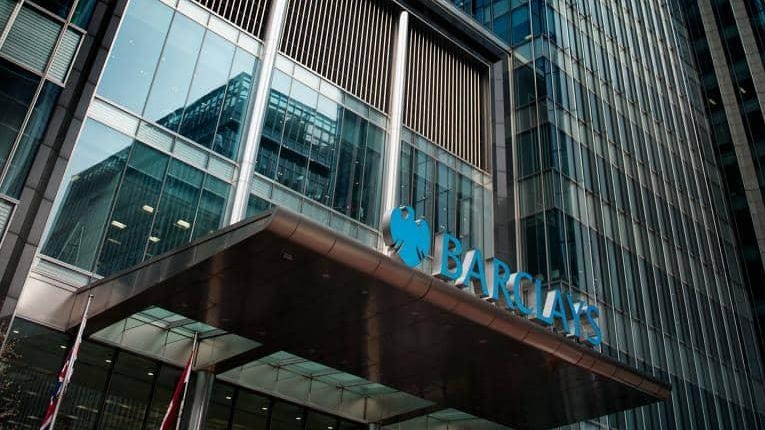27 per cent of all UK payments were contactless last year, according to UK Finance’s latest payment markets report.
The trade association, which represents around 300 financial services institutions, found that during 2020 the number of touch-free payments increased by 12 per cent to 9.6 billion.
The research revealed that 83 per cent of people in the UK now use contactless payments, with no age group or region falling below 75 per cent usage.
Last year, supermarkets were the most popular place to use contactless payments, accounting for 41 per cent of all contactless payments.
The study also shows that, for the first time in six years, the total number of payments in the UK declined. Overall payments fell by 11 per cent to 35.6 billion.
Consumers continued to make the vast majority of all payments at 86 per cent, but there were reduced opportunities for people to spend money during the pandemic, which meant the number of consumer payments fell by 13 per cent to 30.7 billion.
The number of payments made by commercial organisations, government and not-for-profit organisations, increased slightly to 4.8 billion, representing 14 per cent of payment volumes but 80 per cent of the total value of payments.
According to UK Finance, there are now 135 million contactless cards in circulation, covering 88 per cent of debit cards and 81 per cent of credit cards.
Alternative payment methods
The report highlights strong growth in the use of mobile phones and smart watches to make payments. Nearly a third of the adult population were registered to use mobile payments by the end of 2020, an increase of 7.4 million people compared to 2019.
Whereas contactless payments are widely used across different age groups, there is a notable difference in the current take-up of mobile payments. In 2020 just over 50 per cent of 16 to 34 year olds were registered for mobile payments compared to 11 per cent of over 65s.
With more people working from home there was a notable increase in remote banking, as well over two-thirds of UK adults (72 per cent) using online banking and over half (54 per cent) used mobile banking.
There was also a notable increase in business use and in 2020 54 per cent of all business-to-business payments were made via Faster Payments or other remote banking.
Cash payments decline
2020 saw the number of cash payments made in the UK fall by 35 per cent, meaning that cash was used for 17 per cent all payments in the UK. Cash remains the second most frequently used payment method behind debit cards.
During 2020 there were 13.7 million consumers who used cash only once a month or not at all, a significant increase from 7.4 million consumers the previous year.
Whilst some of this can be attributed to changing payment preferences, it also reflects the fact that during lockdown, people had fewer opportunities to go shopping and were being encouraged by many shops to pay by card or contactless instead of cash.
Despite this, there remained 1.2 million consumers who mainly used cash for their day-to-day spending during 2020.
“The pandemic resulted in some marked changes in payments behaviour and while it’s too early to say whether they are permanent changes, we did see an acceleration in some existing trends such as the reduction in cash usage and the growth in contactless and mobile payments,” said David Postings, chief executive, UK Finance. “The increase in the contactless limit to £45 coupled with retailers encouraging its use meant that more than a quarter of all payments in 2020 were made via contactless."
Postings added: “The use of cash fell, reflecting the fact that large parts of the economy were closed during the year, although it still remained the second most popular payment method behind debit cards. There remains real diversity in the way in which people choose to conduct their day-to-day spending and the banking and finance industry is committed to helping customers make payments in a variety of different ways.”
Latest News
-
UK regulator says Mastercard and Visa are breaking competition law
-
Kraken launches global money app
-
Ant Group commits $3.26bn to R&D in 2024
-
Former Barclays boss loses appeal against financial services ban over Epstein ties
-
UK regulator unveils ‘once-in-generation’ financial advice reforms
-
Digital challenger bank Chase rolls out first UK credit card
Banking's GenAI evolution: Beyond the hype, building the future
In the first episode of a three-part video podcast series sponsored by HCLTech, Sudip Lahiri, Executive Vice President & Head of Financial Services for Europe & UKI at HCLTech explores how financial institutions can navigate the transformative potential of Generative AI while building lasting foundations for innovation.
Beyond compliance: Transforming document management into a strategic advantage for financial institutions
In this exclusive fireside chat, John Rockliffe, Pre-Sales Manager at d.velop, discusses the findings of Adapting to a Digital-Native World: Financial Services Document Management Beyond 2025 and explores how FSIs can turn document workflows into a competitive advantage.
Sanctions evasion in an era of conflict: Optimising KYC and monitoring to tackle crime
The ongoing war in Ukraine and resulting sanctions on Russia, and the continuing geopolitical tensions have resulted in an unprecedented increase in parties added to sanctions lists.
Achieving operational resilience in the financial sector: Navigating DORA with confidence
Operational resilience has become crucial for financial institutions navigating today's digital landscape riddled with cyber risks and challenges. The EU's Digital Operational Resilience Act (DORA) provides a harmonised framework to address these complexities, but there are key factors that financial institutions must ensure they consider.
© 2019 Perspective Publishing Privacy & Cookies














Recent Stories